Author: Marshall Schott
Noted as being one of the more popular aroma varieties in Germany, Perle has developed a rather strong reputation since its public release in 1978. Common descriptors attributed to Perle include spicy and floral, similar to traditional noble varieties, as well as fruity and earthy, traits it likely inherited from having Northern Brewer in its lineage.
Alpha: 6 – 9%
Beta: 3 – 4.5%
Cohumulone: 28 – 31%
Total Oil: 0.8 – 2 mL/100g
Myrcene: 30 – 45%
Humulene: 28 – 34%
Caryophyllene: 12 – 16%
Farnesene: < 1%
Linalool: 0.3 – 0.8%
Geraniol: 0.2 – 0.4%
ß-Pinene: 0.3 – 0.6%
Parentage: Northern Brewer and 63/5/27M
I bought some Perle back in 2011 after another homebrewer mentioned it was their single favorite hop, great for bittering as well as flavor and aroma. I first put it to use as a mid-boil addition in Tiny Bottom Pale Ale, which turned out to be a recipe I’ve brewed numerous times. While I’ve used Perle in various styles and at various points over the years, I’ve been curious to see how it plays on its own!
| MAKING THE BEER |
Since Perle is known for being used in lagers, I designed a Pilsner recipe with a similarly simple grist as other Hop Chronicles beers and dry hopped to bring the hops to the forefront.
Perle Pilsner
Recipe Details
| Batch Size | Boil Time | IBU | SRM | Est. OG | Est. FG | ABV |
|---|---|---|---|---|---|---|
| 5.5 gal | 60 min | 31.5 IBUs | 3.9 SRM | 1.051 | 1.014 | 4.8 % |
| Actuals | 1.051 | 1.011 | 5.2 % | |||
Fermentables
| Name | Amount | % |
|---|---|---|
| Pelton (Mecca Grade) | 9.625 lbs | 90.59 |
| Vanora (Mecca Grade) | 1 lbs | 9.41 |
Hops
| Name | Amount | Time | Use | Form | Alpha % |
|---|---|---|---|---|---|
| Perle | 12.5 g | 60 min | First Wort | Pellet | 8.3 |
| Perle | 15 g | 30 min | Boil | Pellet | 8.3 |
| Perle | 30 g | 5 min | Boil | Pellet | 8.3 |
| Perle | 30 g | 3 days | Dry Hop | Pellet | 8.3 |
Notes
| Water Profile: Ca 75 | Mg 1 | Na 10 | SO4 84 | Cl 70 | pH 5.5 |
Download
| Download this recipe's BeerXML file |
I made a starter of Imperial Yeast L13 Global 3 days ahead of time.
The night before brewing, I weighed out and milled the grain.
When the grist was crushed, I collected the brewing liquor, adjusted it to my desired profile, then dropped my heat stick in and set my timer to turn on a few hours before I planned to brew the following morning.
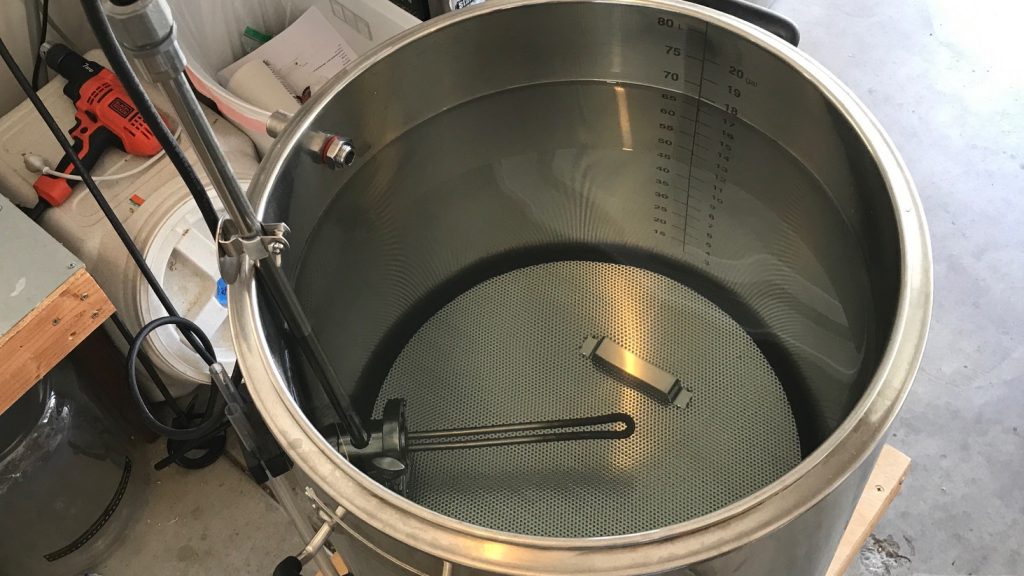
I awoke to hot strike water and my daughter helped with mashing in.
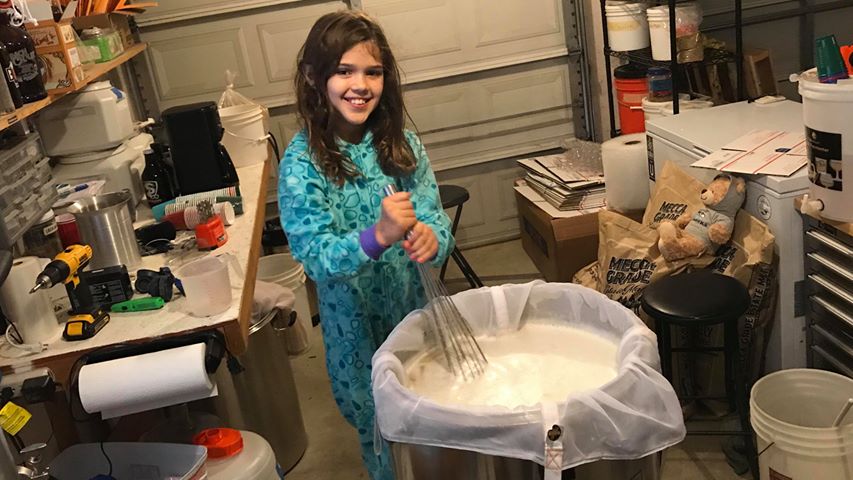
Thanks to BeerSmith, the mash temperature was right where I wanted it to be.
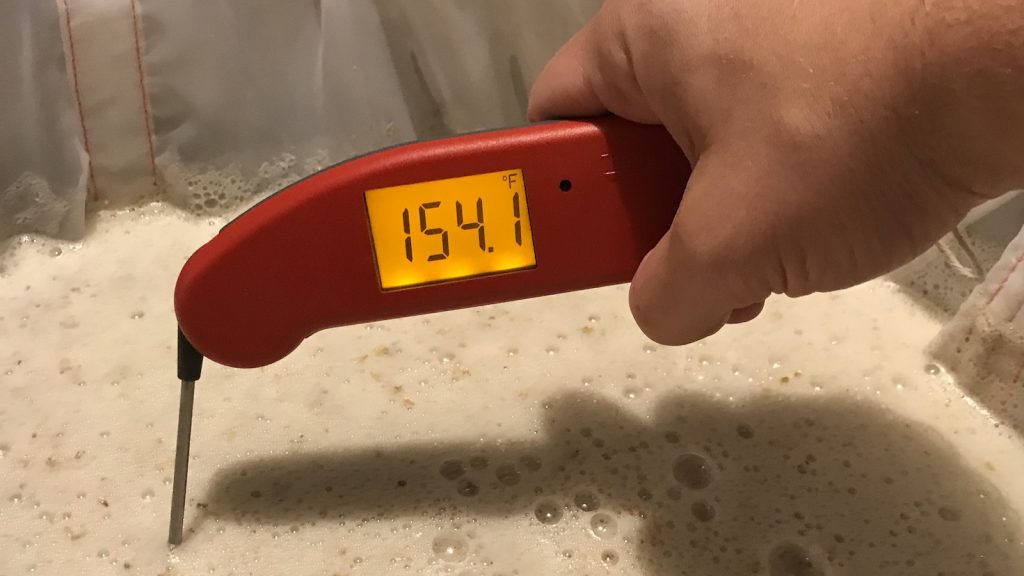
After a 60 minute rest, I collected the sweet wort.
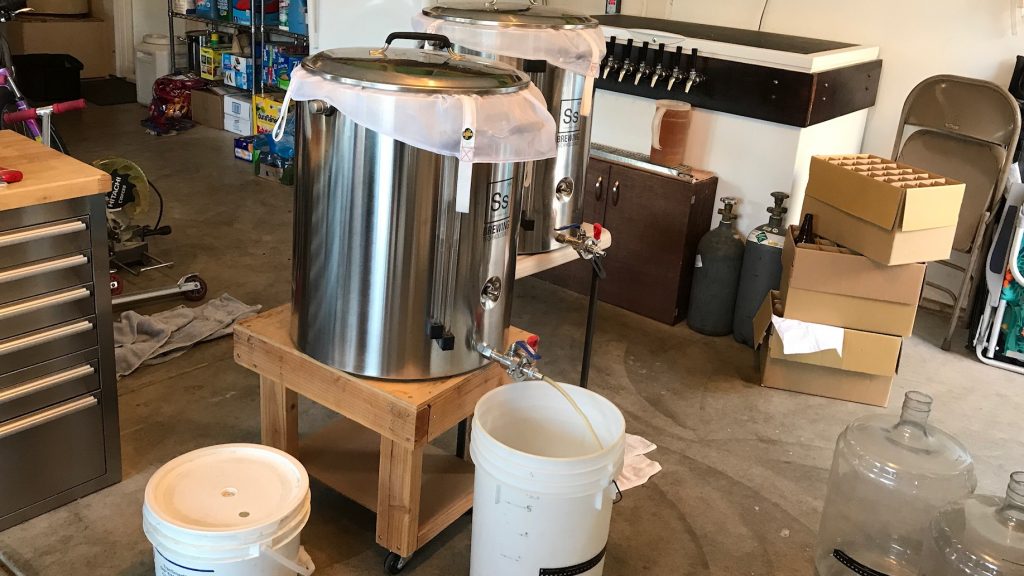
The wort was boiled for 60 minutes with hops added at the times stated in the recipe.
When the boil was finished, I quickly chilled the wort to 70°F/21°C, which was slightly warmer than my groundwater temperature at the time.
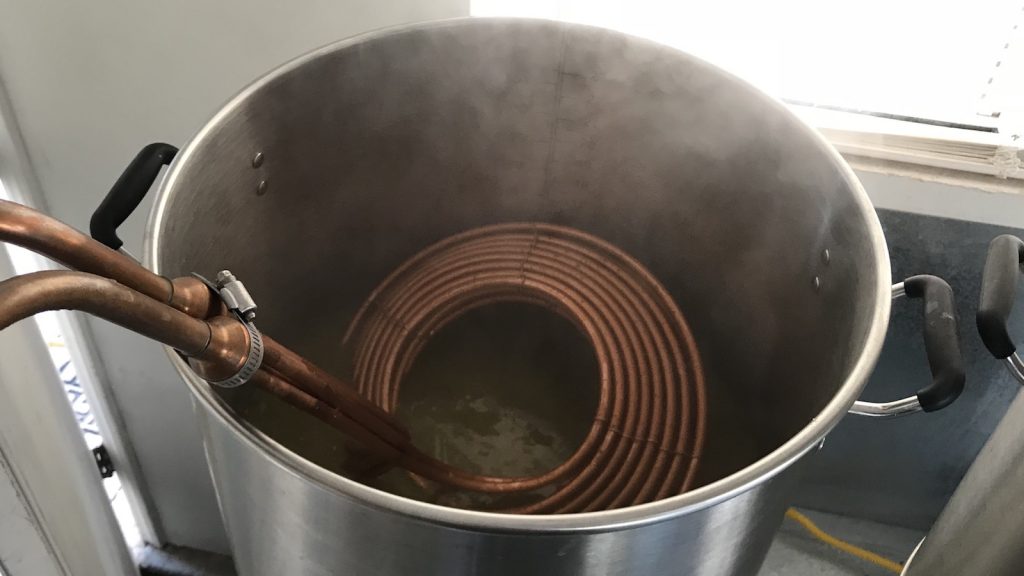
I took a hydrometer measurment that confirmed the wort was at my target 1.051 OG before racking 5.5 gallons/21 liters to a 6 gallon PET carboy, which I placed in my fermentation chamber to finish chilling. Once the wort was stable at my desired fermentation temperature of 50°F/10˚C, I pitched the yeast. With fermentation activity slowing down 2 weeks later, I added the dry hop addition and left the beers alone for another week before taking a hydrometer measurement confirming FG had been reached.
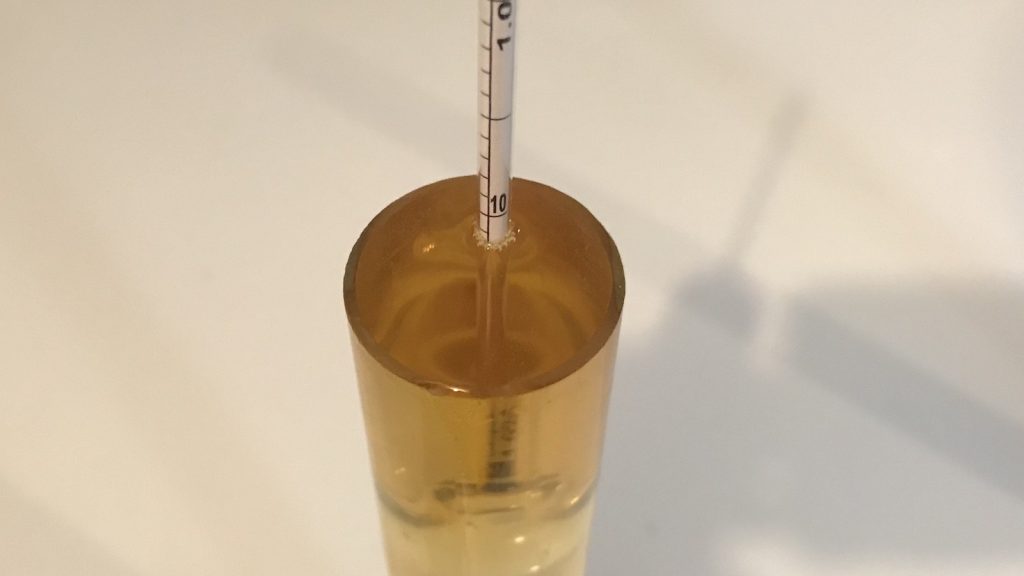
I raised the temperature of the chamber to 60°F/16°C for a diacetyl rest and let them sit a week before proceeding with kegging, which I did prior to cold crashing to reduce the risk of oxidation. The filled keg was placed in my cool keezer on gas to carbonate and lager for 4 weeks before I presented it to participants for evaluation.
| METHOD |
Participants were instructed to focus only on the aromatic qualities of the beer before evaluating the flavor. For each aroma and flavor descriptor, tasters were asked to write-in the perceived strength of that particular characteristic on a 0-9 scale where a rating of 0 meant they did not perceive the character at all and a rating of 9 meant the character was extremely strong. Once the data was collected, the average rating of each aroma and flavor descriptor was compiled and analyzed.
| RESULTS |
A total of 17 people participated in the evaluation of this beer, all blind to the hop variety used until after they completed the survey. The average aroma and flavor ratings for each descriptor were plotted on a radar graph.
Average Ratings of Aroma and Flavor Perceptions
The 3 characteristics endorsed as being most prominent by participants:
| Aroma | Flavor |
| Tropical Fruit | Floral |
| Stone Fruit | Tropical Fruit |
| Apple/Pear | Apple/Pear |
The 3 characteristics endorsed as being least prominent by participants:
| Aroma | Flavor |
| Spicy/Herbal | Onion/Garlic |
| Dank/Catty | Dank/Catty |
| Onion/Garlic | Spicy/Herbal |
Participants were then asked to rate the pungency of the overall hop character.
Next, they were instructed to identify beer styles they thought the hop would work well in.
Finally, tasters were asked to rate how much they enjoyed the hop character on a 1 to 10 scale.
My Impressions: Having used Perle in the past, I felt like I had an idea what to expect, but I was surprised with what I perceived in this single hopped beer. What jumped out at me first was a rather noticeable lemon zest character with a whisper of mint in the finish, not the lingering coolness I get from mint gum, just a leafy mint flavor. Holding a sip in my mouth and really focusing, I detected what I can only describe as a woody sweetness, a flavor that reminded me of chewing on the wet innards of a maple branch, which I actually used to do as a kid. It certainly wasn’t unpleasant, just unfamiliar enough that I had to be in the right mood to drink multiple glasses.
| CONCLUSION |
Given it’s country of origin, I always expected Perle to impart noble-like spice and floral characteristics with a touch of wood and mint from its relation to Northern Brewer. This expectation undoubtedly influenced my perception of previous beers I’ve made using Perle in combination with other hops, as I always assumed it was largely responsible for any such aromas and flavors.
It wasn’t until sampling this single-hop beer that I learned what I believed to be true about Perle was sort of wrong, a realization seemingly verified by the blind participant data. While the flavor was noted as having a fairly prominent floral component, the aroma was solidly fruit-forward with tasters endorsing tropical fruit, stone fruit, and apple/pear as being most prominent. Similar to the person who reported experiencing the single-hop beer as “lemon and pine,” the most outstanding aroma I detected was lemon zest with a slightest hint of mint and sweet wood in the finish.
Knowing what hop variety was used, as well as having preconceived ideas of said variety, had an odd influence on my enjoyment of the beer. I certainly liked it enough to finish the entire keg, there was nothing technically wrong or even super unique about it, but the lemon character threw me off. As such, I was surprised with how well received the beer was among participants– more than half of tasters rated their preference for the hop character as a 7 or higher on a 0 to 10 scale, and nearly all requested a refill following completion of the survey.
Perle isn’t a variety I plan to use in a similar manner in the future, though I’m excited to see how it presents when used more sparingly in a lightly hopped Pilsner. I’ll absolutely be keeping some around, as I personally think it makes for a great mid-boil hop addition, contributing a decent bitterness while helping to round out other hop flavors.
German Perle is available now in various package sizes at Yakima Valley Hops, get them while you can! If you have any thoughts on this variety, please feel free to share them in the comments section below.
Support for The Hop Chronicles comes from Yakima Valley Hops, suppliers of over 40 varieties of hops ranging from classics like Saaz and Cascade to yet-to-be-named experimental options fresh from the source. Offering great prices with reasonable shipping, consider Yakima Valley Hops for your next hop purchase.
Support Brülosophy In Style!
All designs are available in various colors and sizes on Amazon!
Follow Brülosophy on:
FACEBOOK | TWITTER | INSTAGRAM
If you enjoy this stuff and feel compelled to support Brulosophy.com, please check out the Support Us page for details on how you can very easily do so. Thanks!



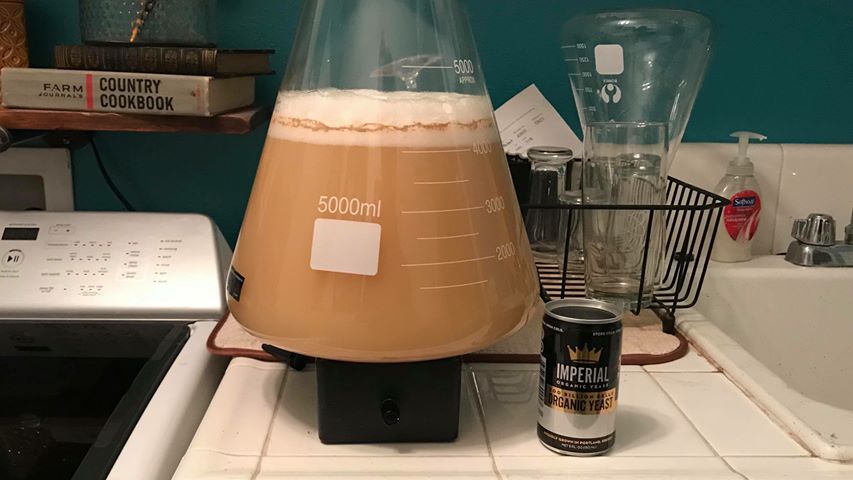


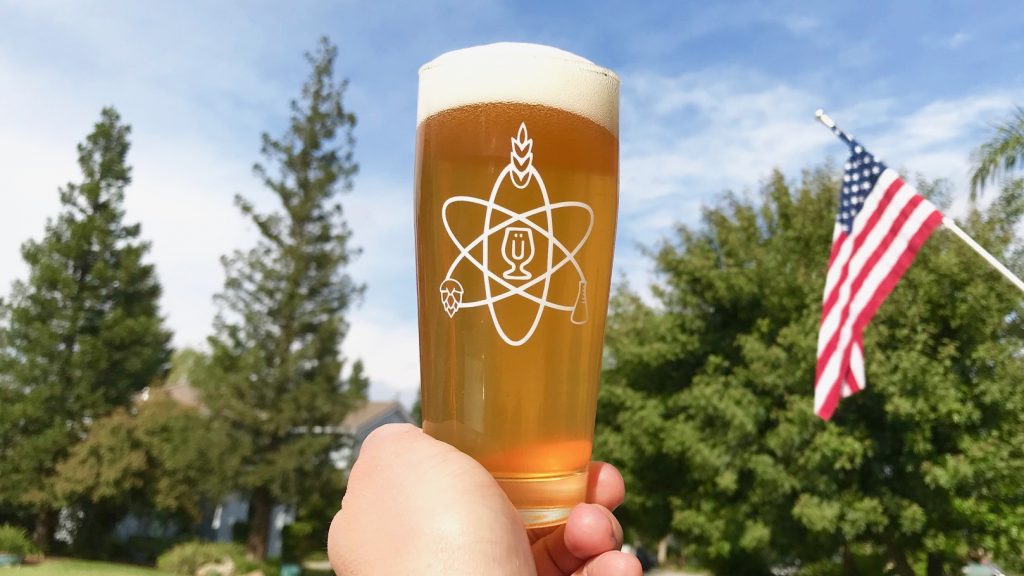
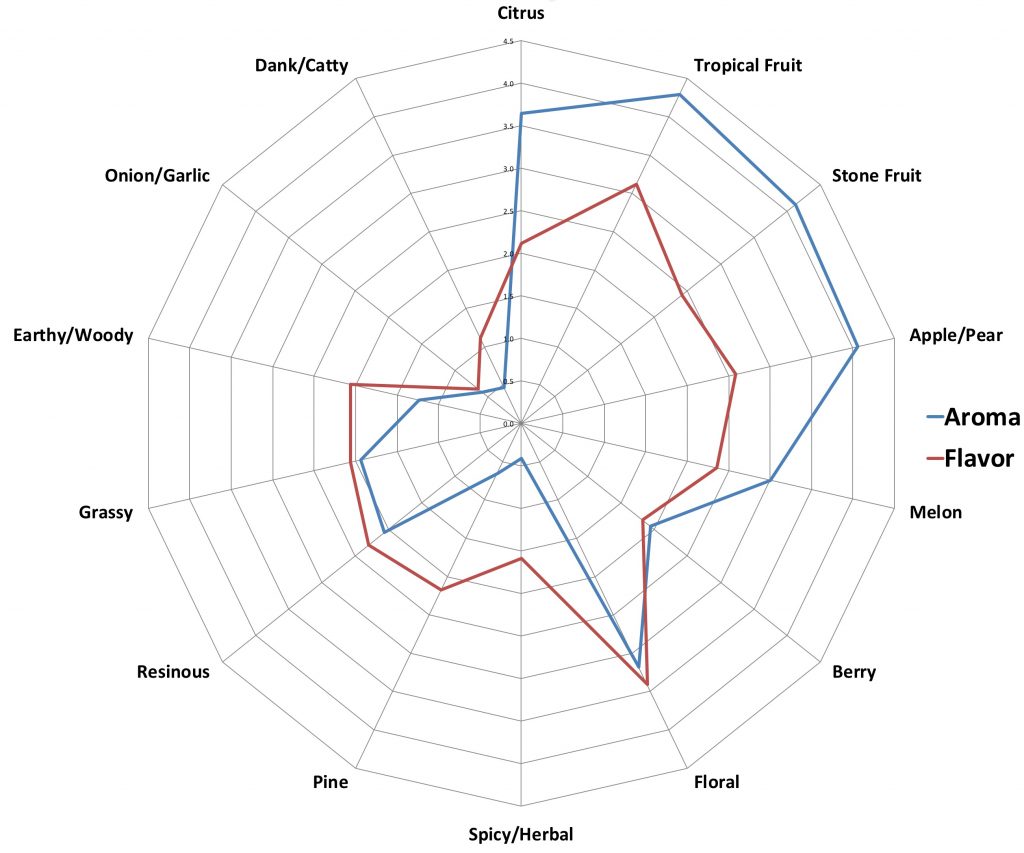
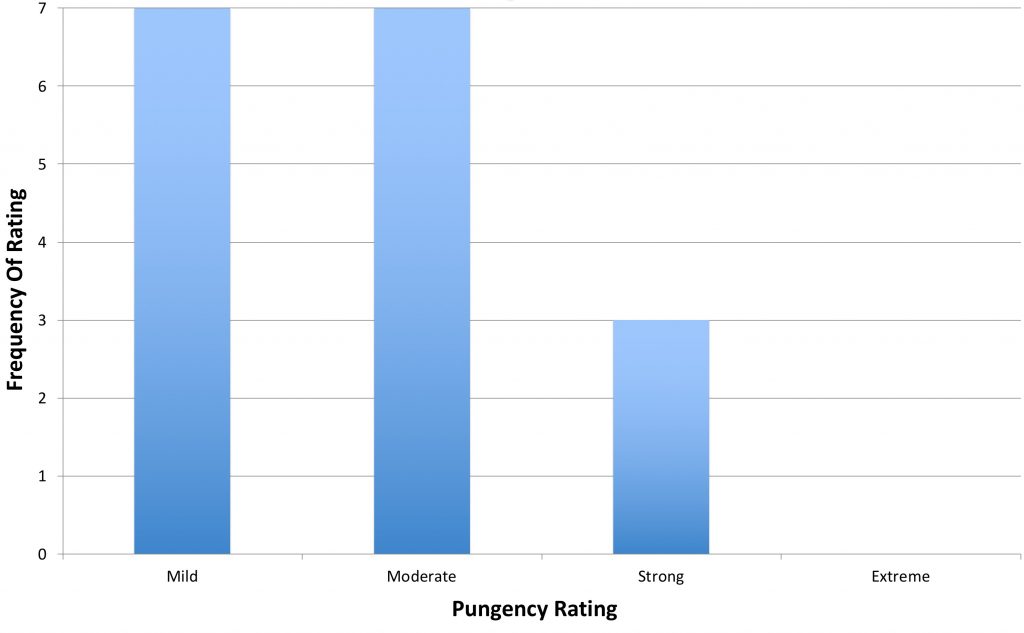
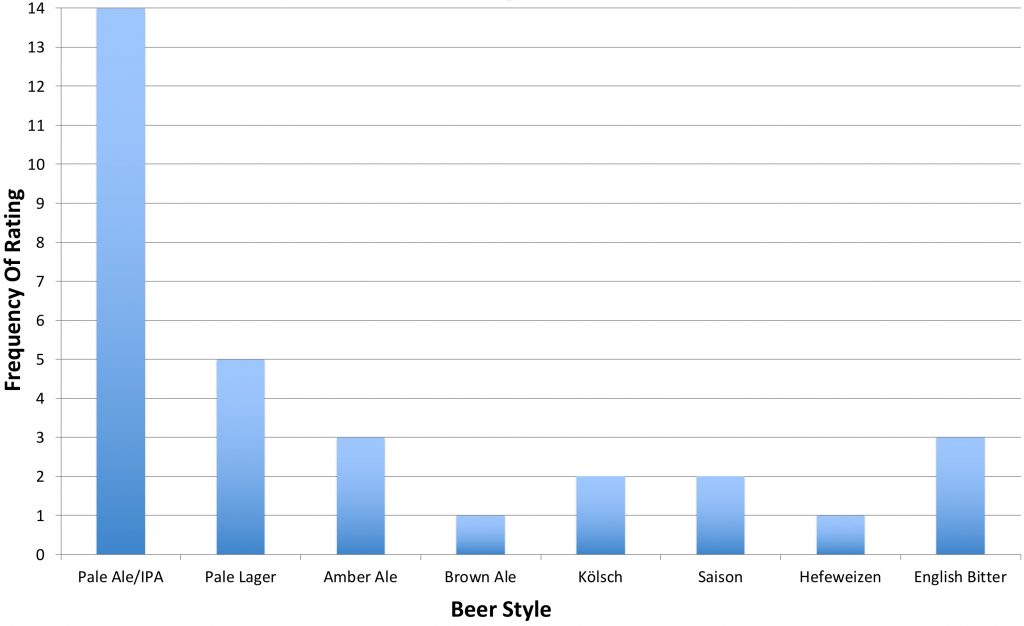
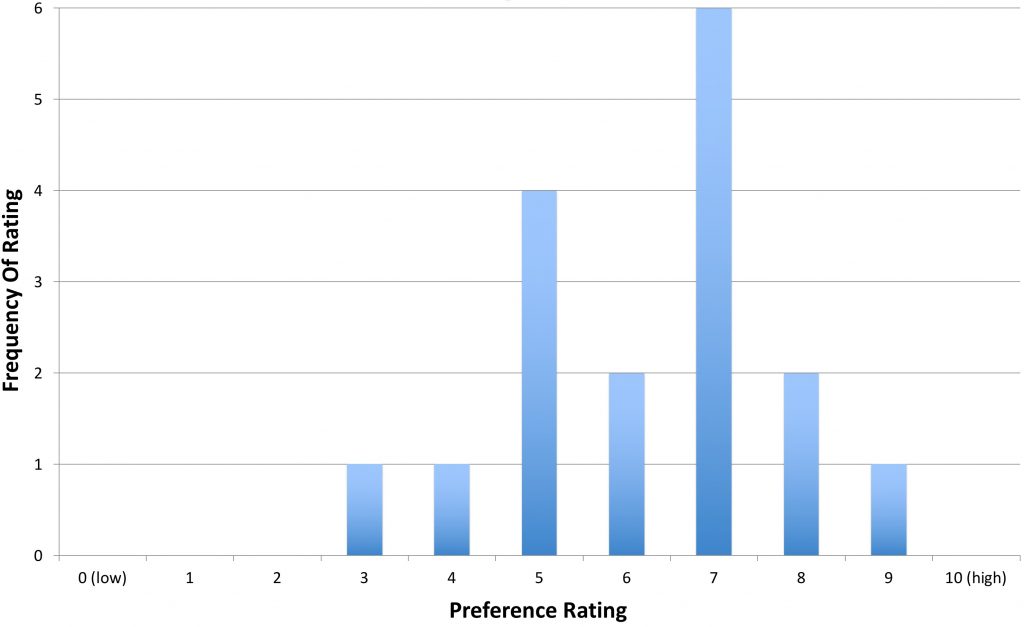











16 thoughts on “The Hop Chronicles | German Perle (2017) Pale Ale”
It seems perle is a favorite for a local brewery in Pittsburgh… Penn brewery. Large majority of their beers mention perle being used on their website.
That seems like a huge starter for a 1.051 5.5 gallon batch. What calculator did you use?
Good eye. I split that starter between this beer and another batch. I don’t generally use calculators anymore these days, just build up starters based on how fresh the yeast I’m using is, and I usually use really fresh yeast. Since this was cool fermented, I made the start a bit larger than I might usually.
It’s a lager yeast, so requires a higher cell count.
That’s not necessarily how it works. Higher cell counts for lagers are generally recommended because the yeast is being pitched into cool wort, which leads to slower growth; doesn’t have anything to do with the strain genetics. I ferment a lot of lager at ale temps and propagate in much smaller starters.
Why are you doing BIAB but still collecting the wort into another vessel?
Because I’m doing MIAB, mash in a bag– I rely on the fabric filter purely as a lautering device in my mash tun, which is a Ss Brewtech InfuSsion that looks an awful lot like a kettle 🙂
Do you mind including translations for the malts used on the page? While names like Pelton Vanora might be cute, they fail in communicating what malt is being used. Thanks!
That’s literally what the maltster calls them. So go look it up, based on what I’ve read, I’m guessing it’s their version of pilsner and Vienna, but I’m not sure.
I’m going to update my BeerSmith ingredients settings to reflect the general style of malt. For the sake of clarification on this article:
Pelton is a lager malt.
Vanora is like a Vienna malt.
Surprising and interesting result. Did you fine this beer with gelatin? It looks hazy for a lager, more like a pale ale.
Yeah, it was hit with gelatin. Part of what you’re seeing is condensation, I wiped that glass many times and it formed immediately. However, this beer never seemed to drop quite as bright as most of my lagers, something I chocked up to being dry hopped.
I think you’re right. I’ve even started leaving late hops our from lagers as I think the boil helps prevent some later haze, though that’s just a hunch.
In an “Oh, crap” moment, I was going to use an ounce of Perle in a hefe for bittering. Completely forgot to add it at 60 minutes so dumped it all in at flameout (when I discovered my mistake). No joke, the beer tasted like the topping on a cherry cheesecake.
You mention that common descriptors include “similar to traditional noble varieties.” After this exbeeriment, did you think this could be used in place of noble hops?
In smaller amounts, perhaps. But in my opinion, nothing replaces Tettnanger!